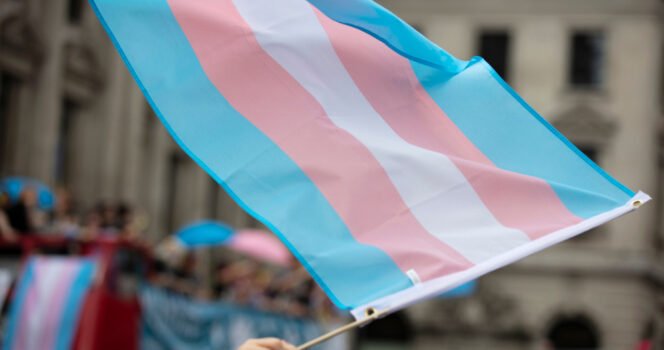The U.S. Olympic & Paralympic Committee (USOPC) has not issued a blanket ban on transgender athletes. However, eligibility policies for transgender athletes in Olympic sports are determined by individual international sports federations (like World Athletics, FINA, etc.), which set their own rules based on current scientific and competitive fairness considerations.
Current Landscape (2024):
-
International Federations Set Rules
-
World Athletics (track & field): Bans transgender women who went through male puberty from elite female competitions.
-
FINA (swimming): Restricts transgender women who transitioned after age 12 from women’s elite races.
-
Others (e.g., cycling, rugby) have similar restrictions.
-
-
USOPC’s Stance
-
Follows International Olympic Committee (IOC) guidelines, which defer to individual sports’ policies.
-
Supports inclusion but prioritizes “fair competition,” leading to case-by-case assessments.
-
-
State vs. Federal Level
-
Some U.S. states ban transgender athletes from school sports, but Olympic rules operate separately.
-
Why the Controversy?
-
Fairness Debate: Some argue testosterone suppression doesn’t fully eliminate male-puberty advantages (bone density, muscle mass).
-
Inclusion vs. Competition: Advocates say bans discriminate against trans athletes; others fear impacts on cisgender women’s sports.
Key Takeaway:
No universal “ban” exists, but many elite sports now restrict transgender women’s participation in female categories. Policies keep evolving.
Thoughts? Should sports have separate categories for transgender athletes, or is case-by-case evaluation better? 🤔
